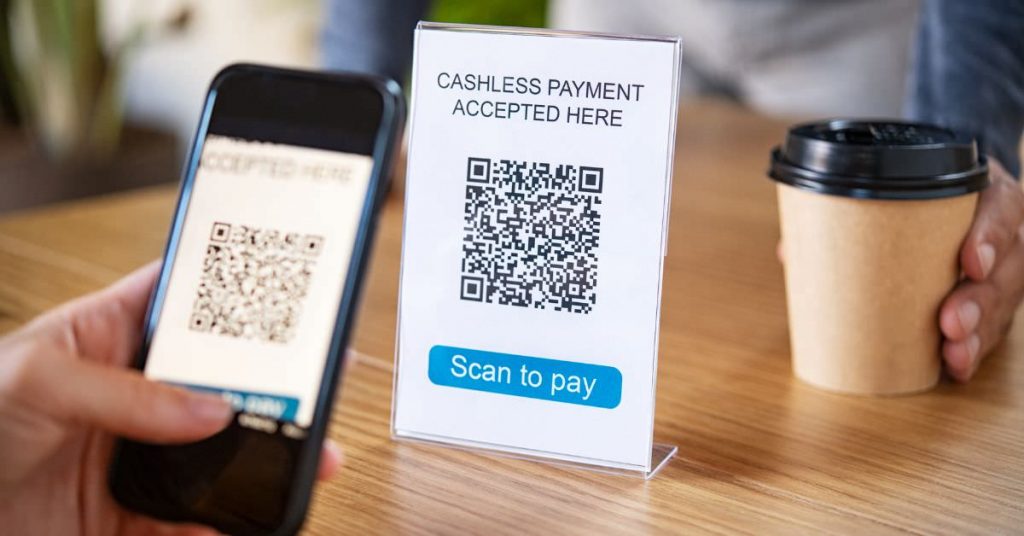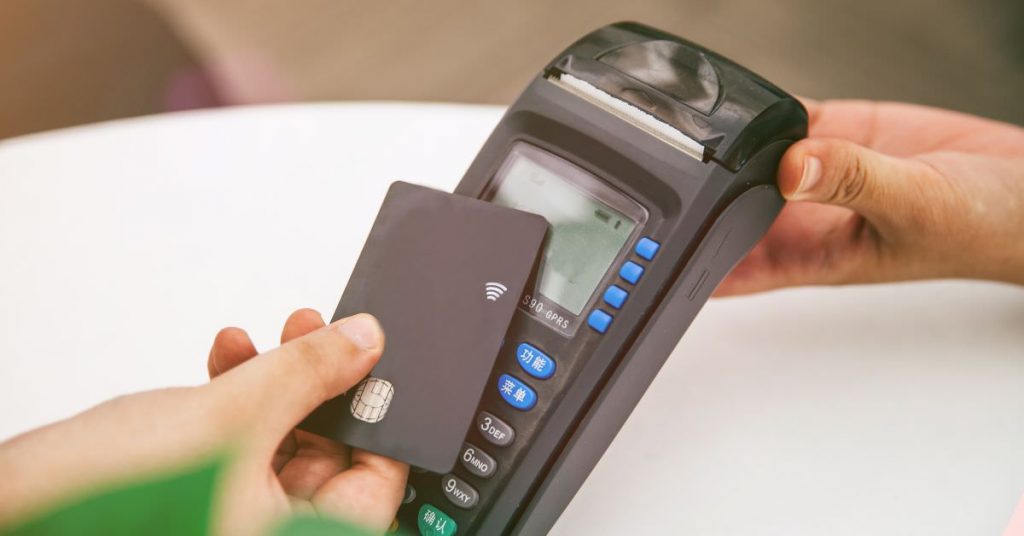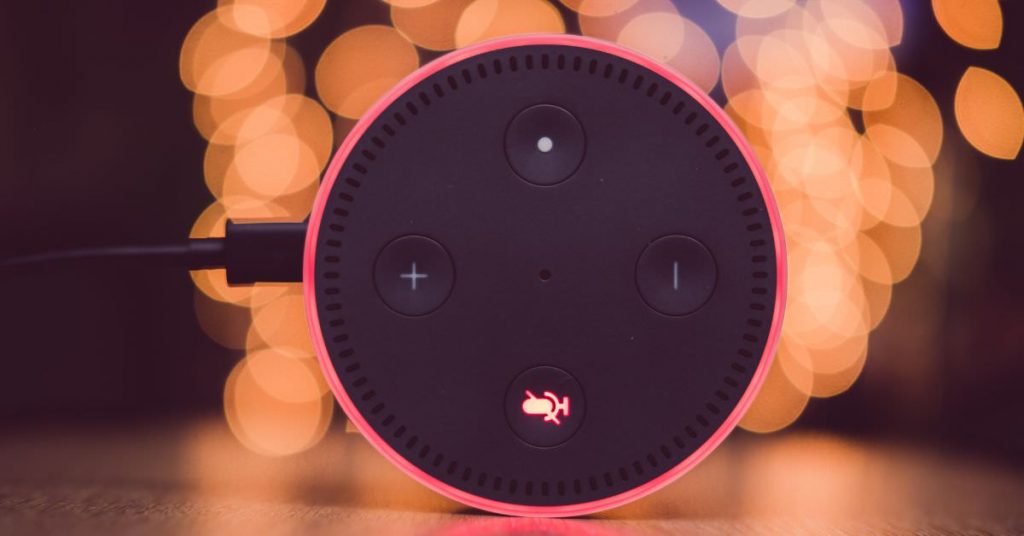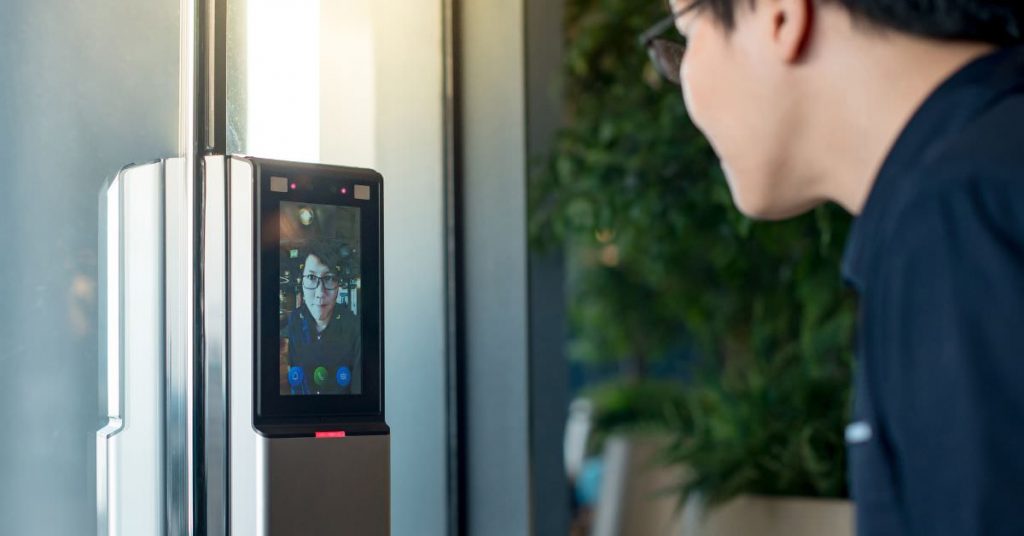
With the Fourth Industrial Revolution here, consequently we are becoming cashless societies and technological advancement in purchasing goods and services has evolved.
For most consumers there’s a growing trend toward electronic payment platforms firstly for convenience and secondly for safety reasons. Therefore, companies are rapidly deploying new technologies and becoming increasingly innovative in processing customer payments.
Digital payment options in South Africa
1. QR Codes
One of the digital payment options in South Africa include using QR (quick response) code technology. A QR code stores information as a series of pixels in a square-shaped grid read by smartphones.
Companies like SnapScan use this tech so customers can pay for products, prepaid electricity, airtime, settle bills or make donations.
1.1 How QR codes work

After downloading and opening the SnapScan app, a phone’s camera scans a SnapCode at participating stores. This code is unique to the store allowing customers to make quick, safe and efficient payments. SnapScan is a free digital payment option and works with any South African bank and most international credit cards.
Unique SnapScan features include sending and receiving funds and linking your bank account to withdraw money into a SnapScan wallet.
2. Tap-to-pay
A digital payment option in South Africa that is now very common is tapping your card on, ‘The Machine’.
Tap-to-pay uses short-range wireless technology, enabling digital payments between contactless chip cards or smartphones and contactless checkout terminals. After tapping the contactless RFID symbol, payments get authorised within seconds.

Contactless payments are secure, convenient and touch-free. Furthermore, each transaction generates a transaction-specific, one-time code that effectively reduces counterfeit fraud. As a result it has been a great digital payment option in South Africa where identity theft is a concern.
3. Smart device payments
Bank cards are in the past now that financial institutions have introduced digital payment cards loaded onto smart devices.
Customers use phones and smart watches for digital payments when credit and debit cards get loaded onto smart devices. Payments are powered by NFC (Near Field Communication) technology for example, Apple and Google pay.
Samsung pay uses NFC and MST (Magnetic Secure Transition) technology for digital payments wherever tap-to-pay tech is available.
4. Smart speaker payments

Smart-home systems like Alexa allow you to give voice commands and receive verbal responses.
It is possible to order goods and services using digital payments through smart speakers with voice commands. However, there are security and privacy concerns with using this tech.
Digital payment security features
1. Biometric authentication
Biometric authentication is a verification method using biological and structural characteristics of a human. For example, fingerprint scanning, facial recognition, iris recognition, heartbeat analysis, voice recognition and vein mapping.

Biometric scanning helps curb the problem of identity theft in South Africa and makes digital payments efficient and safe. Accordingly, your online banking app allows biometric identification on your mobile phone, which is a good idea.
2. EMV (Europay, Mastercard, Visa)
Traditionally, bank accounts are recognised by unique codes of static numbers. Similarly, EMV use unique codes for each transaction by scrambling the digits, which improves security. If a hacker cannot intercept a number before changing, they can’t hack your account and steal your funds.
Digital payments in South Africa can create wealth
Lipa Payments is a software solution using NFC and Bluetooth technology that empowers informal merchants to accept payments. Transactions get done without internet and processed when connection is available.
The ability to make digital payments in South Africa opens up a world of access to financial services. This empowers previously disadvantaged population groups to enjoy a bouquet of financial services that were not previously available. The ability to transact without internet connectivity is now possible with payment platforms like Lipa Payments.


